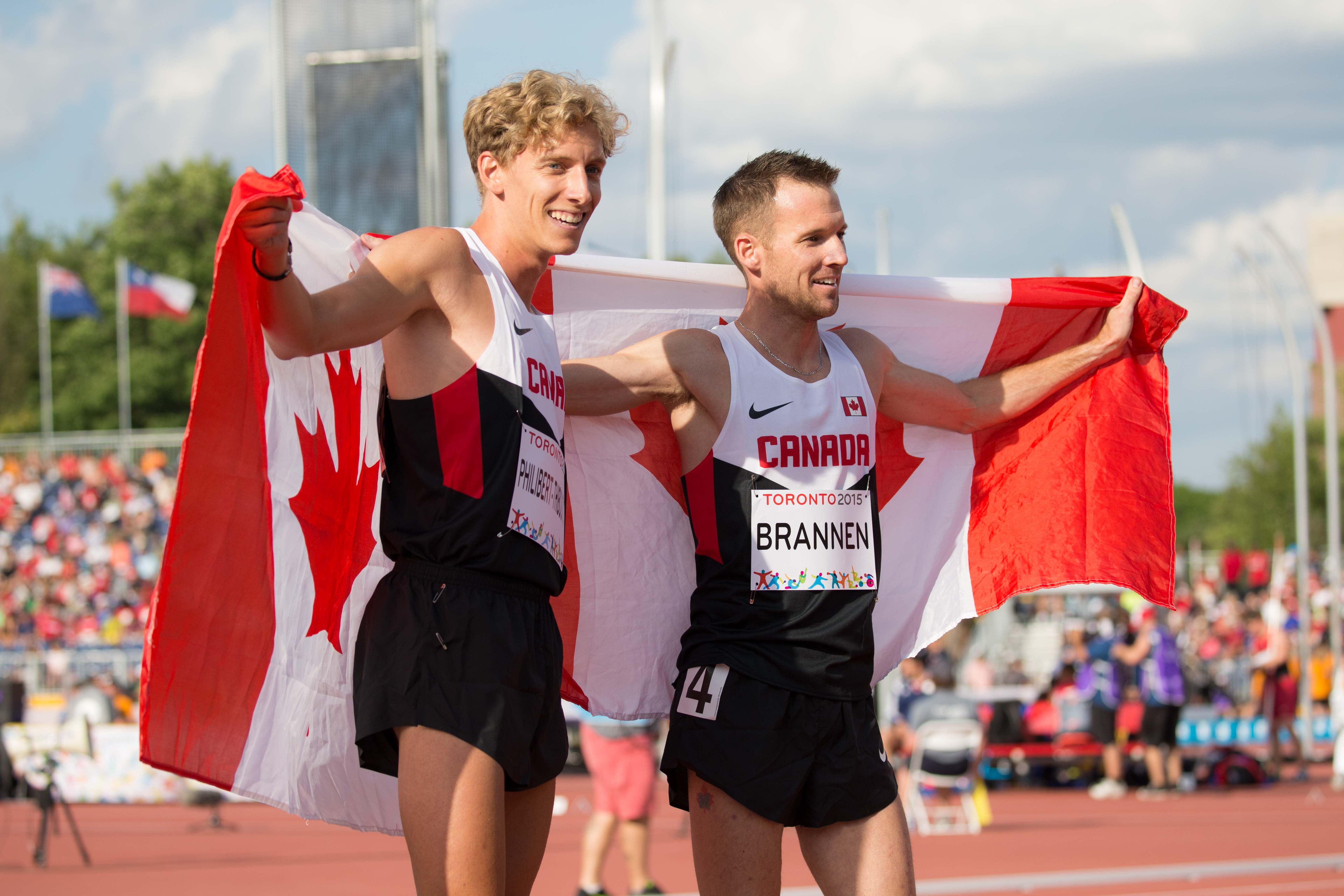Rio 2016 track guide: Facts about the 1,500m
The Rio Games are getting closer and closer. So before the big event is upon us, what do you need to know about key track events? Here we break down the 1,500m.


What is it:
A middle distance event run on the track. Though it may seem short, this one is definitely much too chunky for your most refined sprinter. At the same time, it’s not for runners who specialize in the longer distances either. Middle distance events like the 1,500m are not to be underestimated. A really good 1,500m runner will put respectable mileage behind them. In fact, they run more in a week than many recreational marathon runners run in a whole month. Olympian Charles Philibert-Thiboutot (Chuck P.T.) will put in up to 150 kilometres a week in the winter. During racing season, that number hovers at the 80 to 110 range.
How many laps:
It’s three and three quarter times around a standard outdoor track.
The start:
Since it’s not a complete number of times around, the 1,500m doesn’t share a start line with any other track race. It starts on the back stretch of the track so that by the time the runners reach the finish line, they have three full laps to go. Once the gun goes off, runners spring for the inside lane.
Rio ready Canadian 1,500m runners to know:
Charles Philibert-Thiboutot, Nate Brannen, Nicole Sifuentes, Gabriela Stafford, Hilary Stellingwerff
Canadian records
Kevin Sullivan: 3:31.71; Lynn Williams: 4:00.27.
World records:
Hicham El Guerrouj: 3:26; Genzebe Dibaba: 3:50.07
A really sweet 1,500m race to watch:


